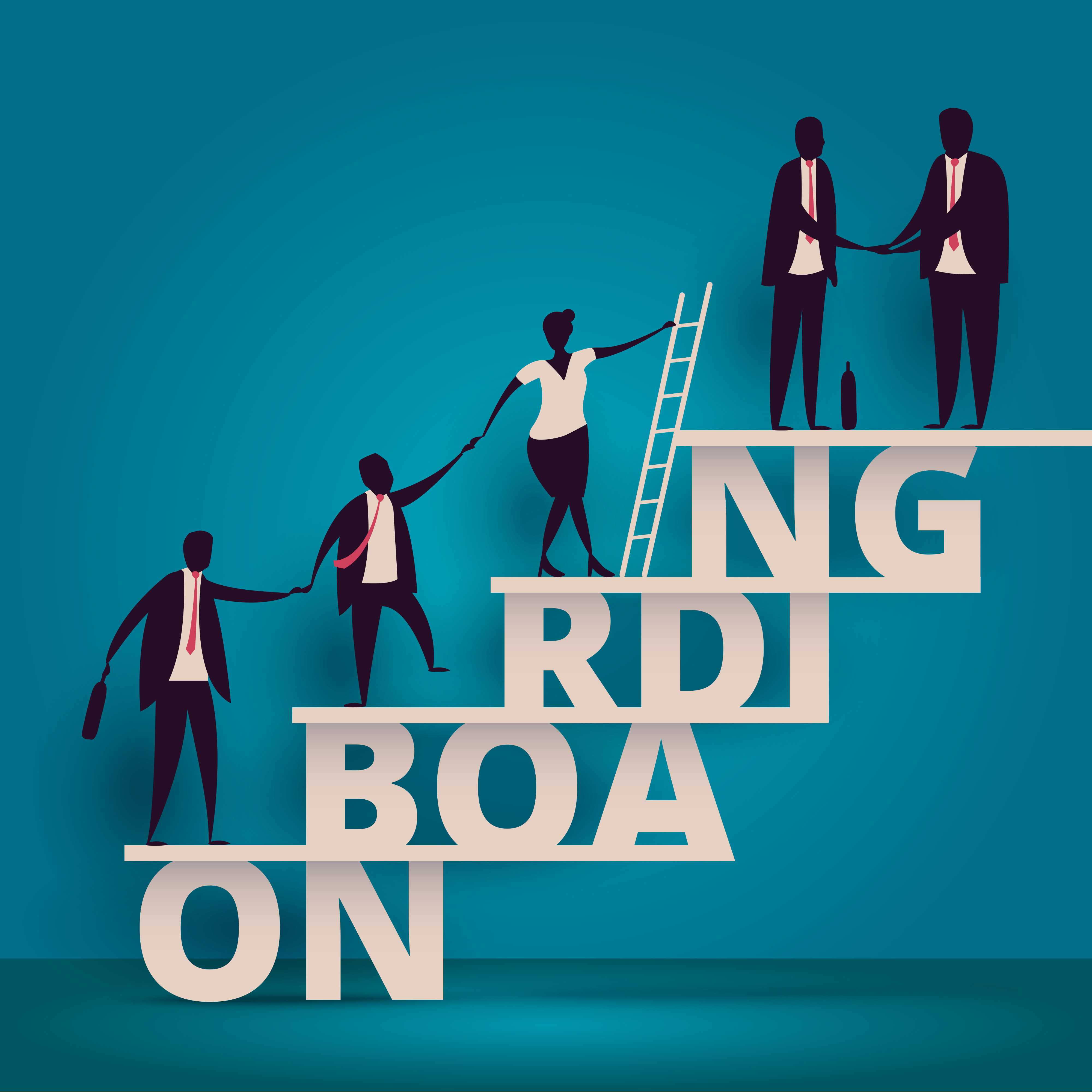Why Does Efficient Employee Onboarding Matter?
A Gallup poll discovered that only 12 percent of employees think their employers do a great job with onboarding. That dismal finding should be incentive enough for companies to improve the onboarding period for their new hires which, in turn, will enhance the employee experience.
If employees don’t receive the training they need to perform their jobs effectively, they can lose their initial enthusiasm and end up less productive. But if the onboarding time takes too long, they can feel less committed to the company and less connected to their coworkers.
The good news is that effective employee onboarding sets a solid foundation for a new hire’s experience at your company.
- Employees who report positive onboarding experiences are 18 times more likely to feel committed to their new employer.
- Ninety-one percent say they feel a strong connectedness at work.
- Nearly 90% felt strongly integrated into the company’s culture.
Adequately trained employees also feel more empowered to do their jobs and more confident in their performance. They also contribute more quickly, which is a terrific way for you to see a return on your hiring investment.
Tips For Cutting Onboarding Time Down
People often say job candidates need to make a good first impression, but the same can be said for employers as new hires start their jobs. Most employees walk in wanting to do their best and build good working relationships. Organizations with effective onboarding programs can have a tremendous impact on whether new employees succeed.
Here’s how to onboard your new employees the right way.
- Train for the long term. Most onboarding processes take place over an employee’s first week. Of course, you want employees to get started on their work immediately, but a week simply isn’t long enough for them to truly learn everything they need to know to perform their best. Some studies suggest it takes about eight months for an employee to reach their full potential. A longer training period (as opposed to extended onboarding) can ensure employees are more proficient and happier in their job.
- Cut down on paperwork. More than half of organizations emphasize paperwork in their onboarding process. But focusing on manual administrative tasks rather than the new hire’s training needs can lead to boredom and irritation. Your company can save time and money by taking advantage of onboarding software that speeds the process.
- Foster shared values. An often-overlooked element of onboarding is that it’s meant to introduce a new employee to the company’s culture, values, and mission, all of which affect their ability to do their job. A portion of the training period should be devoted to employees learning about the company’s practices and goals, so they feel what they do moving forward matters and contributes to its success.
- Provide easy access to information. All employees deserve access to the information they need to do their jobs better. Putting all organizational knowledge in a central location gives new hires a comprehensive “stroll” through all your business frameworks.
- Let new employees self-serve. New hires typically ask a lot of questions during the onboarding process. That’s a good thing, as it indicates enthusiasm and interest. But it also can take up valuable time. Letting employees self-serve and learn at their own pace gives them a satisfying sense of autonomy and frees HR personnel to perform more pressing matters.
- Make it interactive. Traditionally dry onboarding processes can become much more engaging if you make them interactive. One example of interactivity during onboarding is having established team members immediately respond to questions a new hire throws at them.
Since managers say one of the greatest obstacles to effective onboarding is a lack of time, using a knowledge management system to make onboarding simpler and less time-consuming is a smart business decision every business, no matter its size, can make.
Reducing Employee Onboarding Time with Knowledge Management
The employee onboarding journey is filled with twists and turns. Knowledge management makes that journey smoother, friendlier, and more exhilarating. It provides comprehensive support, standardizes processes, and makes accessing information at any time from anywhere on any device a breeze.
Best of all, knowledge management software can reduce training costs while simultaneously improving and speeding up new hire training outcomes. For example, it took just one hour of employee training at Los Angeles-based TechStyle Fashion Group to immediately improve the customer experience via access to a centralized knowledge base. TechStyle employees now have fast and easy access to knowledge, and 100% of employees take advantage of it every day.
If you aren’t already, it’s time for your business to reimagine the employee onboarding process. AI and automation give new hires the tools, technologies, and support they need to learn from the onboarding process, helping them pursue their goals and feel happier in their work. Request a demo of KMS Lighthouse today to see just how easy it can be to develop a more collaborative and smarter workforce.







